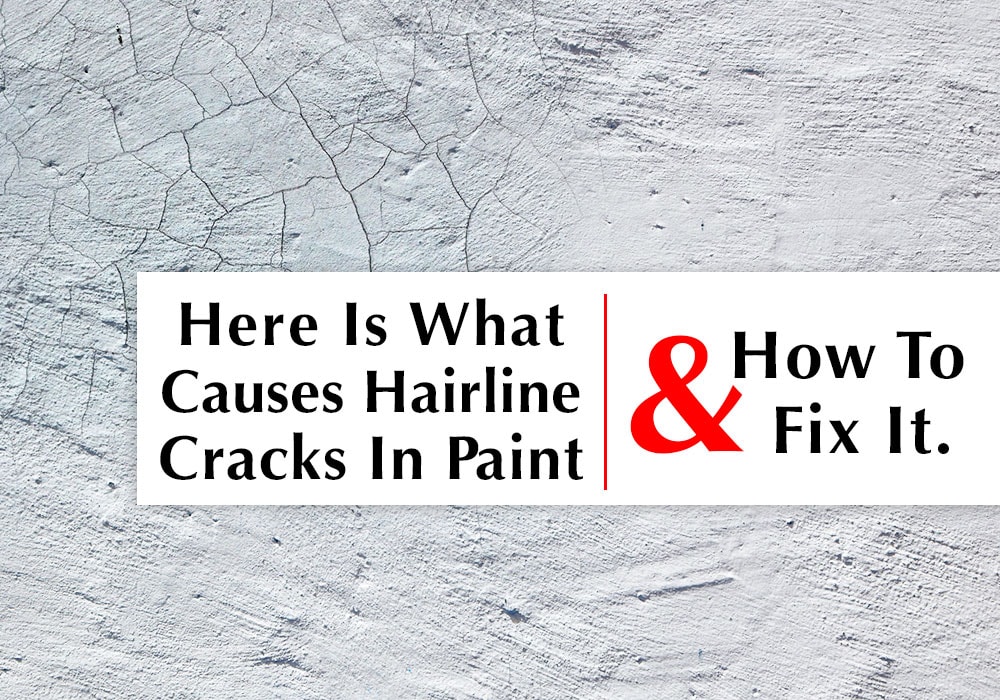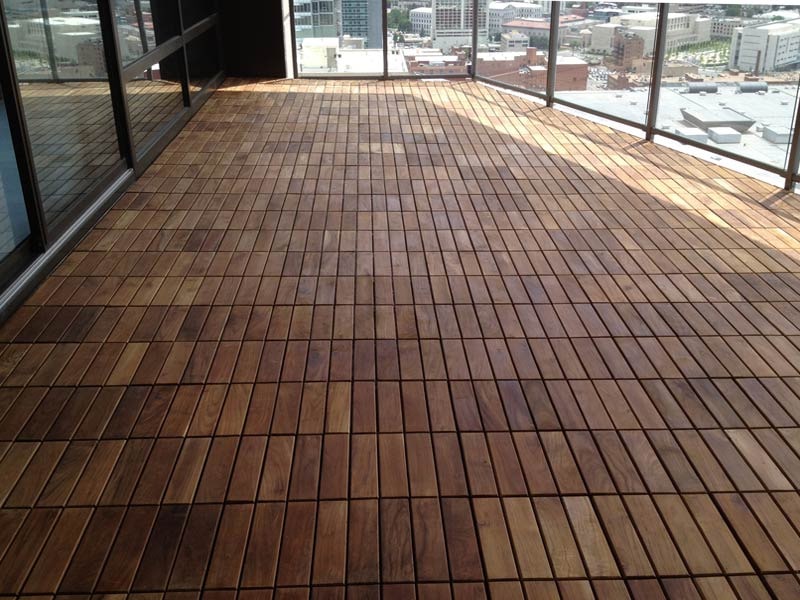4 Tips for Staining Your Wood Fence in San Diego, California

How to Choose Paint Colors for Your Interior Trim
May 2, 2019
Here is What Causes Hairline Cracks in Paint, and How to Fix It.
May 17, 2019Your wood fence takes a toll from UV rays, rot-inducing moisture, insect invasion and a wide range of other destructive elements. Leaving a bare fence unstained for too long can lead to splitting and cracks in the wood, rotting and organic growth –all these water down the good looks and reduces the durability of your fence.
Staining your fence creates a protective barrier around the wood and keeps off moisture and UV rays from damaging your fence. Two popular stain finishes for a fence are semi-transparent and solid. A semi-transparent finish highlights the natural beauty of the wood grain, while a solid finish masks most of the grain, looking more like a paint coating.
A solid finish typically lasts longer than semi-transparent and transparent stain, but some homeowners prefer the more natural look of semi-transparent. In this article, we will be sharing four tips on how to perfectly stain your wood fence around your home in San Diego, California.
1. Pick The Right Time
If you just had your new fence installed, it’s advisable to give it at least three weeks before staining. This will allow the wood to cure and ‘settle’ into the new environment. The wood will also be able to open its pores for the stain to efficiently sink deep. In case it just rained, wait for at least 24 hours before staining, and only stain when the rain forecast indicates at least 24 hours of no rain. In addition, avoid staining your fence under direct sunlight, the best time would be in the morning or late afternoon on a cloudy day.
2. Choose The Right Stain
As earlier mentioned, there’re two main types of wood stains –solid stains and transparent/semi-transparent stains. Solid stains provide a better protective cover against the elements, but won’t allow you to show off the unique, natural grain characteristics of your wood like the clear stains. Also, clear stains tend to age gracefully, but solid stains might peel or crack, just like regular paints.
Regardless of whether you choose clear or solid stains, always go for high-quality stains which tend to last longer and offer superior protective characteristics. If you’re not sure how your fence will turn out after staining, request for a sample stain from the paint store and try it out before committing yourself.
3. Do Thorough Prep Work
If you have an existing fence that you haven’t stained or painted in years, chances are it has mold, mildew, dirt and other debris. Any form of dirt or residue on the surface of the fence will prevent the wood from efficiently absorbing the stain or the solid stain from properly adhering to its surface.
We suggest you start by power washing or scrubbing your fence with a mixture of one part household bleach and three parts water. If the fence has some surface imperfections or old solid stain that is peeling and flaking, you should consider giving your wood fence a light sanding before staining.
4. Consult A Professional
Fence staining might sound like a perfect DIY weekend project, but I must mention that it’s not as easy as those YouTube videos make it look. If you’re working with an existing old fence, the prep work might require quite some time and effort. And if your fence is buttered, has mildew and mold, or if you’re moving from paint to stain, you definitely need a professional helping hand.
Hiring a professional painting contractor such as Peek Brothers Fine Home Painting will provide superior results, offer durable coats and save you money in the long run. You can always call us at (858)505-1361 with more questions.





